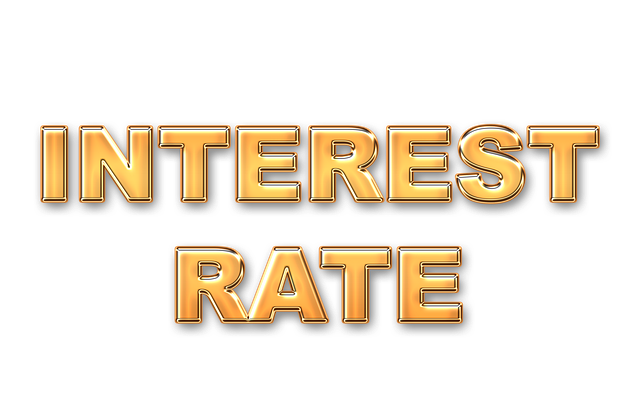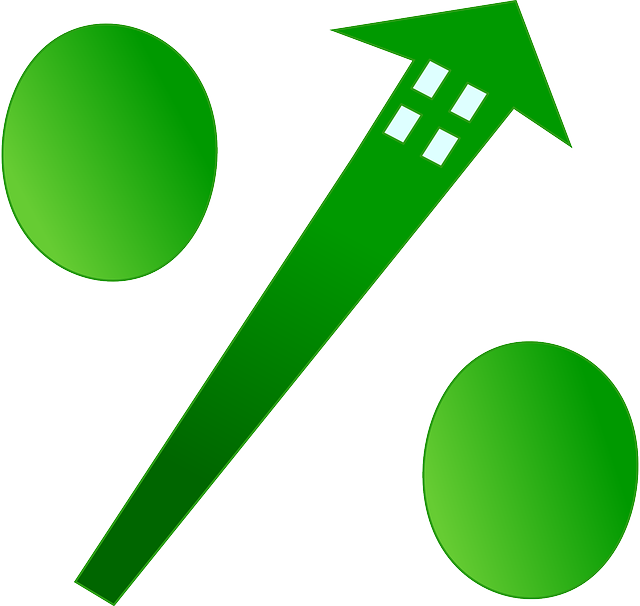Federal Reserve policies dynamically influence real estate trends, affecting market health and sector trajectory. Low unemployment and high consumer confidence drive thriving markets with higher property values and faster sales, while economic downturns chill the industry. Interest rate adjustments significantly impact mortgage affordability and investment decisions, directly shaping real estate valuations and demand.
In today’s dynamic real estate market, the Federal Reserve plays a pivotal role in setting economic conditions that directly influence property valuations. This article explores how market forces, driven by Fed policies, shape trends across the industry. We delve into the intricate relationship between the Federal Reserve and real estate, examining its effects on buyers and sellers. Understanding these factors is crucial for navigating the current landscape and anticipating future shifts in the ever-evolving world of real estate.
Market Dynamics: Influencing Real Estate Trends

The dynamics of the market play a pivotal role in shaping real estate trends, as the Federal Reserve’s policies and decisions often reflect broader economic conditions. When the market is thriving, with low unemployment rates and rising consumer confidence, the real estate sector typically experiences a boost. This can lead to increased property values, higher demand for housing, and faster sales. Investors flock to the market, driving up competition among buyers and potentially causing prices to climb.
Conversely, economic downturns or market uncertainties can have a chilling effect on the real estate industry. Reduced consumer spending and job insecurity may discourage both buying and selling, resulting in slower transactions and potential price drops. The Federal Reserve’s response to such scenarios often involves adjusting interest rates, which can significantly impact mortgage affordability and overall investment decisions in the real estate sector.
Federal Reserve's Role in Property Valuation

The Federal Reserve, as the central banking system of the United States, plays a significant role in influencing and setting market conditions, including those in the real estate sector. One of its critical functions is to maintain financial stability by regulating credit availability and interest rates, which have a direct impact on property valuations. When the Fed sets monetary policy, it often considers the health of the housing market due to its ripple effect on the broader economy.
By adjusting interest rates, the Federal Reserve can stimulate or cool down the real estate market. Lower interest rates make borrowing more affordable, potentially increasing demand for properties and driving up prices. Conversely, raising interest rates may cool down a hot market, giving buyers more leverage and potentially stabilizing property values. This dynamic relationship between the Fed’s monetary policies and the real estate industry underscores the central bank’s role in shaping property valuations across the country.
The Impact on Buyers and Sellers in Real Estate

In the dynamic landscape of Real Estate, the Federal Reserve’s monetary policies, particularly interest rate settings, have profound effects on market dynamics. When rates are set by market conditions, it directly influences buyer and seller behavior. Buyers, attracted to lower borrowing costs, may increase their demand for properties, driving up prices in a positive feedback loop. Conversely, sellers could be hesitant to list their properties if they anticipate higher interest rates in the future, potentially slowing down the market.
This interplay creates a volatile yet adaptive environment. While buyers benefit from more affordable mortgages, sellers might need to adjust their strategies. Real Estate professionals must stay agile, leveraging these shifts to offer competitive pricing and terms that cater to both buyer and seller needs. Such adaptability is key to navigating this ever-changing sector.






